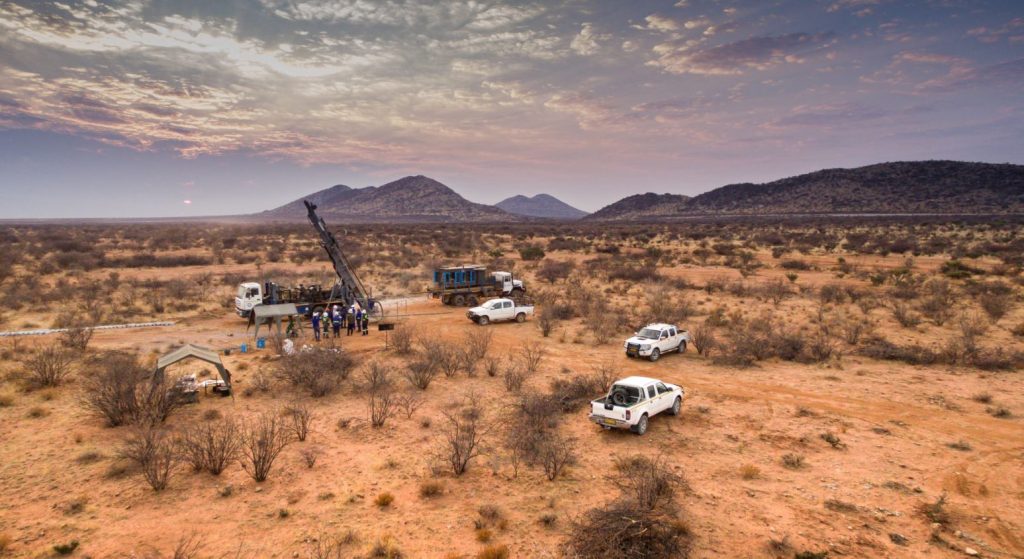Osino tables positive PFS for Namibia gold project

Osino Resources Corp. [OSI-TSXV, RSR1-FSE] on Tuesday tabled results of a pre-feasibility study (PFS) for its Twin Hills Gold Project in central Namibia. The company is aiming to fast-track development after recently securing a 100% interest in the project.
“We are very pleased with the results of the pre-feasibility study, which demonstrates that Twin Hills is what we always said it would be, namely a long-life, low-cost and economically robust open pit gold project with significant upside,’’ said Osino’s co-founder, President and CEO Heye Daun.
“It is geologically consistent, metallurgically simple and technically low risk with a low capital intensity and significant future upside,’’ he said. “We are proud to have been able to deliver the PFS within three years of discovery and our vision for the next year is to optimize and improve the project further and to continue to advance Twin Hills to the construction stage.”
Daun said the company expects imminent, significant progress on the permitting and project financing side which will assist in continuing to fast track the project.
Osino shares eased 5.0% or $0.03 to 57 cents on volume of 116,600. The shares are currently trading in a 52-week range of $1.40 and 53 cents.
Osino is focused on the acquisition and development of gold projects in Namibia. Osino has a large land position, covering approximately 6,900 square kilometres located within Namibia’s prospective Damara sedimentary mineral belt, mostly in proximity to and along strike from the producing Navachab and Otjikoto gold mines.
The company’s core projects are located north and north-west of Namibia’s capital city, Windhoek.
Twin Hills is a sedimentary-hosted, structurally controlled gold deposit that fits the broad orogenic model and is amenable to conventional open-pit gold mining and carbon-in-leach metallurgical processing.
According to the PFS, the project is capable of producing an average of 169,000 ounces of gold during the first 10 years of what is expected to be a 13-year lifespan. The life-of-mine average all-in-sustaining cost is expected to be US$939 an ounce.
The required project capital (including contingency) is expected to be US$375 million.
The PFS is based on a measured and indicated mineral resource of 81.3 million tonnes at 1.08 g/t gold or 2.83 million ounces. On top of that is an inferred resource of 7.2 million tonnes at 1.05 g/t gold or 24,000 ounces The company has said 212,184 metres of drilling from 1,016 holes has been completed at Twin Hills since 2019 and was used for the resource estimate.
Total proven and probable reserves stand at 2.15 million ounces.
The company said the orebody will be mined as a conventional shovel and truck operation, with bulk mining augmented by more selective mining in areas with narrow ore zones. “It was assumed that mining would take place by conventional open pit methods and that the whole mining operation, except for the mine technical services function, would be outsourced to a reputable mining contractor,’’ the company said.
